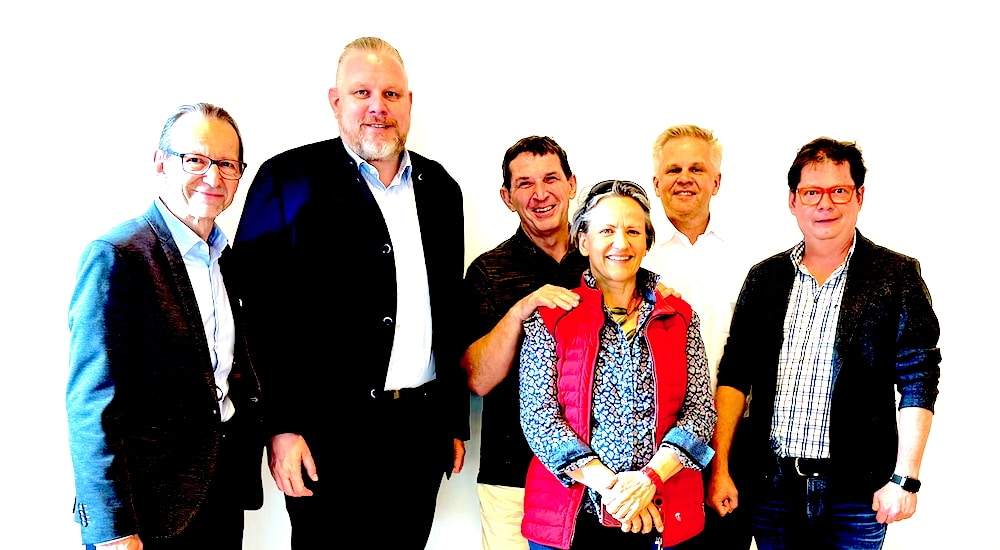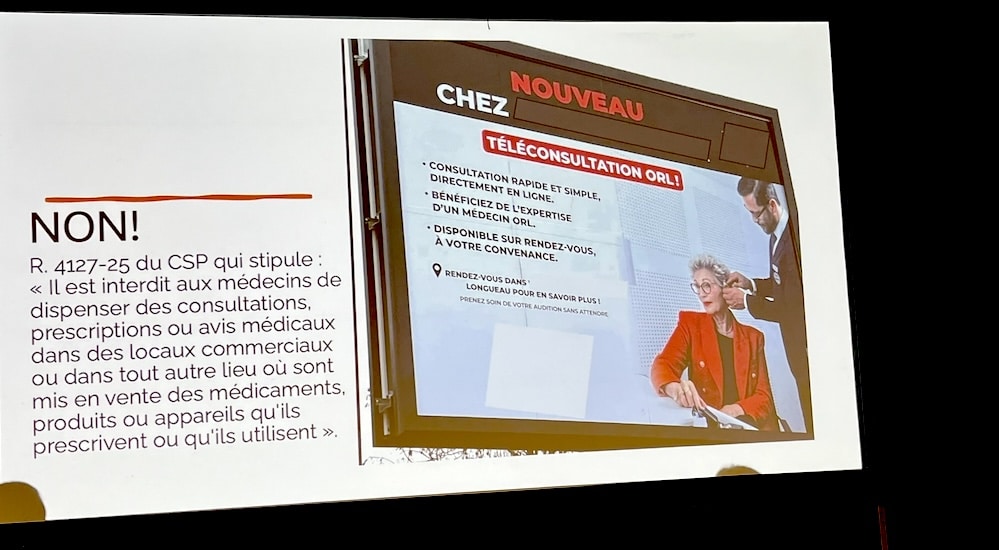Tech for the elderly: how useful are some devices?
Solutions
The area of "aging tech" is growing rapidly but what about its true usefulness, asks The Verge in a recent article in its Tech column.

Assistive devices have clear potential to improve lives and prevent potential accidents. And the aging population in many countries will increasingly be looking to technology to provide real improvements. “There are already risk managers and insurance people telling people out there to plan to live to 95,” says Laurie Orlov, the founder of Aging in Place Technology Watch.
The question of the actual utility of many proposed solutions needs more careful thought, according to the article. A good example is fall prevention gadgets in the form of bulky airbags that reduce the impact of falls. The article asks how many people will actually want to walk around wearing an airbag.
The article gives the counter-example of modern, stylish hearing aids from companies like Eargo, Oticon and ReSound. Smart hearing aids aim to make the tech “cool”, thereby reducing traditional stigma and encouraging people who need hearing aids to use them.
Other examples of systems that offer real benefits are Amazon’s Alexa or Google Assistant. “The disruptive technology for 2018 will be technology that enables you to speak to other technology, because older adults don’t have time to type, swipe, pinch, zoom, or otherwise tap on a personal device,” Orlov adds.
According to the piece, tech start-ups and other manufacturers in this area should ask themselves two questions: why do people use tech, and why won’t they use tech.
Source: The Verge
 Sign in
Sign in

